Menu
You can manage your membership and billing method by clicking here
Terms of Service
Privacy Policy
Copyright © 2024 Office of Immigration Australia, a private company registered in Australia. All Rights Reserved.

Checking membership status...
 EXCLUSIVE MEMBERS ONLY ACCESS
EXCLUSIVE MEMBERS ONLY ACCESSTo access this month’s edition & Member’s only resources, enter your registered email address.

This bulletin is for members only, and provides our members with month to month updates on Australian immigration policy changes and consequential opportunities. Opportunities are found via federal and state government policy shifts for the demand and supply for certain occupations.
This bulletin will keep you up to date so that you do not have to employ expensive immigration lawyers to provide you with monthly research.
AUGUST 2021 has seen an easing in pathways to permanent residency for skilled migrant workers and an additional 3 occupations have been added to the Priority Migration Skilled Occupation List (PMSOL) for visa fast-tracking. All this and more, in order to tackle Australia’s current growing skill shortages.
Let’s take a look at what has happened so far and what is planned for the remainder of AUGUST 2021 in Australian Immigration, so that you can start planning!
As legislation and travel requirements are constantly changing, we strongly recommend obtaining advice on your individual situation from a Registered Migration Agent.
Please click here to book a consultation with one of our Registered Australian Migration Agents, located in Australia.
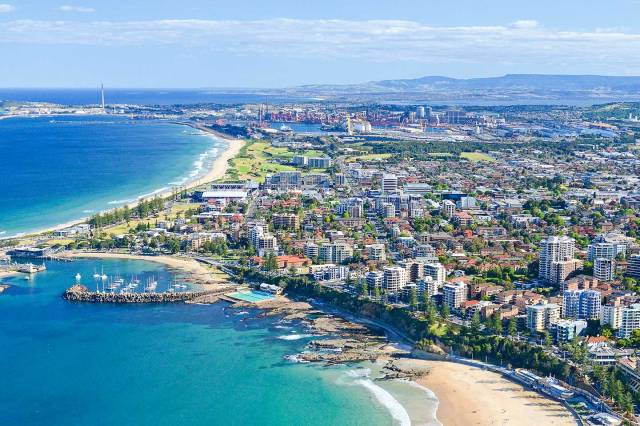 As we’ve entered the 8th month of the year, join us for a look at the latest news and developments in the world of Australian Immigration.
As we’ve entered the 8th month of the year, join us for a look at the latest news and developments in the world of Australian Immigration. 
It could become a lot easier for skilled workers to be granted permanent residency in Australia under recommendations set out in a new Parliamentary report.
Earlier this year, Immigration Minister Alex Hawke asked a parliamentary committee to look into Australia’s skilled migration program and how it could be improved or tweaked.
It’s part of the government’s broader plan to help Australia’s economy recover from the pandemic, in part by addressing some of the country’s critical skills shortages.
Essentially, the joint parliamentary inquiry – meaning it was made up of both House of Representative MPs and senators – was asked to look at whether the skilled migration program is working..
That includes whether the skills listed as part of the program are actually the ones we’re short on in Australia, how expensive it is for businesses to sponsor skilled migrants and generally how difficult the scheme is to navigate.
Currently, occupations with skills shortages include vets, chefs, civil and electrical engineers, and more.
The timing of the inquiry is also important.
Australia’s skills shortage was exacerbated last year with the sudden departure of migrants on temporary visas at the start of the pandemic.
It turns out, very.
Since March 2020, over half a million migrant workers have left Australia and according to many industries, the result has been significant gaps in the workforce.
Liberal MP Julian Leeser, who chaired the inquiry, said job ads were up 38 per cent from the beginning of the pandemic.
“There are many businesses around the country that just cannot find Australians who are skilled to do particular jobs,” he said.
Australia has benefited from migration for decades, and the sudden drop in migration thanks to border closures and the pandemic has added to the toll on the economy.
Industry leaders have been calling on the government to provide pathways during the pandemic to bring back skilled workers from overseas to help address the national shortage.
In the report that was tabled on Monday, the committee recommended a range of measures designed to smooth the pathway for temporary visa holders to stay in Australia longer-term.
One recommendation is that all “employer nominated visas” should provide the opportunity for permanent residency, provided applicants meet English language competency and are under the age of 45.
Employers can nominate their employees who hold temporary working visas for employer nominated visas, providing them the opportunity to live and work in Australia permanently and access benefits such as Medicare.
The committee also recommended prioritising regional workers by raising the age threshold from 45 to 50, capping English language requirements at vocational English, and reducing the number of years of previous experience required to two.
It suggested the government recognise the unique circumstance of the pandemic and create a more flexible system that can “adapt to emerging labour market needs”, including a more streamlined occupation list.
Currently, there are two lists – one for medium- and long-term skills needed, and one for short-term.
The inquiry also thinks there needs to be an increase to the minimum wage for migrant workers in non-regional areas, which is currently $53,900, but it doesn’t put a figure on what the new amount should be.
If it’s changed, it would be the first increase in the minimum wage for temporary skilled migrants in eight years.
Now that the committee’s officially handed back its report, it’s now up to the government to issue its response and detail whether it plans to adopt or reject the recommendations made.
“This report is really about not just addressing the skills migration during the pandemic but for after we’ve emerged from the pandemic,” Mr Leeser said.

The federal government will fast-track the visas of pharmacists to support the nation’s ongoing COVID-19 vaccine rollout.
Immigration Minister Alex Hawke announced the occupation would be added to the Priority Migration Skilled Occupation List (PMSOL), which outlines priority visa processing.
The decision comes as thousands of pharmacies across Australia are invited to join the vaccine rollout to help accelerate the program.
“With thousands of community pharmacies across Australia being invited to join the COVID-19 vaccine rollout, it’s all hands to the pump as the COVID-19 vaccine rollout continues,” Mr Hawke said.
The three new visa categories added to list include hospital pharmacist (251511), retail pharmacist (251513) and industrial pharmacist (251512).
This would result in priority visa processing for pharmacists across the hospital, retail and industrial sectors.
Currently, just over 16 per cent of the population in Australia has been fully vaccinated, with around 11 million vaccines administered across the country.
But the nation’s rollout has faced delays over the limited availability of Pfizer doses and changes in medical advice around the AstraZeneca vaccine.
The government says more pharmacies are set to join the nation’s rollout as demand grows for vaccinations due to the increased risk posed by the highly contagious Delta variant.
Last week, Health Minister Greg Hunt said 118 community pharmacies were providing vaccines across the country, with the number to increase to 470 by the end of the month.
From the start of this week, over 3,900 pharmacies who have indicated interest in joining the program were invited to come on board across regional and metropolitan areas.
“The Morrison government will support pharmacies across Australia, including through skilled migration, as supply of COVID-19 vaccine doses increases over the coming weeks,” Mr Hawke said.
The three additional occupations brings the Priority Migration Skilled Occupation List (PMSOL) to 44 in total.
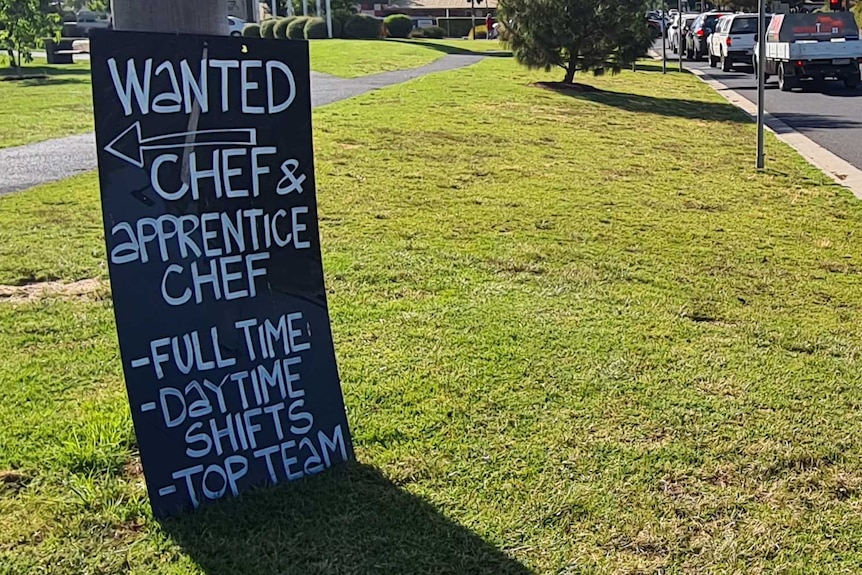
It would be unfortunate if Reserve Bank governor Philip Lowe’s comments on the factors behind Australia’s weak wage growth are used to oppose a quick return to a significant immigration program once the nation’s borders open.
To the contrary, shortages in labour and materials are now providing a supply-side handbrake on the recovery. Reopening the borders and resuming international people flows, once the majority of Australians are vaccinated, will be critical to extending the recovery from last year’s COVID-19 recession.
As former Reserve Bank board member Warwick McKibbin stated: “Real wage growth is driven by productivity. Skilled immigrants raise economy-wide productivity.”
Australia’s modern immigration program is mostly skills-based. Skilled immigrants bring expertise, innovation and drive to the economy.
With a high wage floor and a solid welfare state, unskilled workers also are needed, frankly, to do the jobs that locals are loath to do, such as fruit picking.
Dr Lowe’s speech to the Economics Society this week was titled “The Labour Market and Monetary Policy”. It was very much in the context of the Reserve Bank’s plan to maintain near-zero interest rates and continue buying government bonds in order to generate enough demand to push the jobless rate towards 4 per cent, bid up wages, and get inflation back into target range of 2 per cent to 3 per cent.
It is good that increased competition makes business less inclined to jack up wages or prices not sustained by increased productivity.
But this is all about reviving inflation so that the central bank can then increase its nominal cash rate in time for the economy’s next downturn.
By itself, monetary policy cannot do anything to increase real wages. That all depends on productivity.
It may be true, as Dr Lowe says, that the pre-pandemic scope to draw upon foreign workers, including foreigners studying here, to fill labour shortages may have contributed to “wages being less sensitive to shifts in demand than was once the case”.
But, as with the resources boom of a decade ago, this is mostly a good thing.
As Dr Lowe says, it adds to potential labour supply – just as wider availability of childcare has helped drive the continued sharp rise in female labour participation.
It is good that increased competition from greater integration in global product markets makes business less inclined to jack up wages or prices not sustained by increased productivity.
The Reserve Bank’s own chart pack tells the real story of weak wages growth. Australian wages grew consistently by 3 per cent to 4 per cent a year from the 1990s to the end of the resources development boom almost a decade ago.
With inflation at 2 per cent to 3 per cent, the productivity reforms of the 1990s and then the China-fuelled export boom of the 2000s allowed real wages to grow steadily ahead of productivity growth and made all Australians more prosperous.
Dr Lowe says, turning down the tap of foreign labour would mean “less investment, less confident business, less output, lower capital stock and a less dynamic economy”.
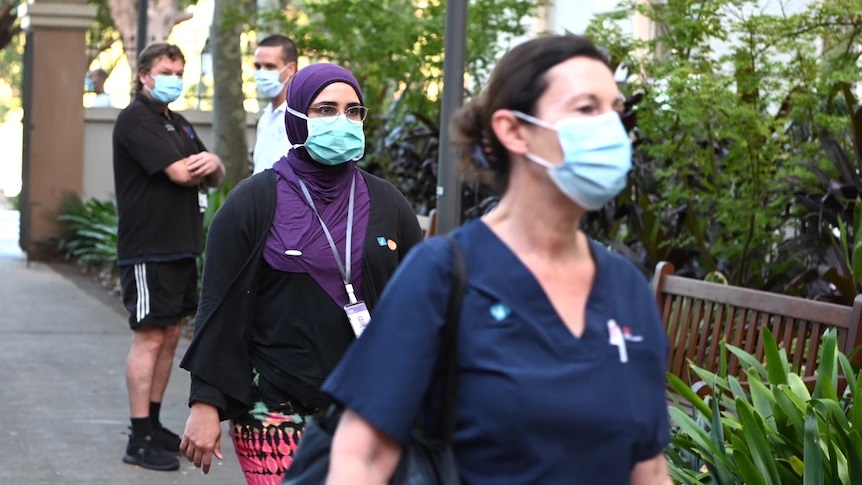
The pandemic has all but stopped immigrants arriving in Australia for the past 18 months and it could be sometime before the borders open again.
This will punch a hole in the country’s demographic planning that could take years to fill. Some experts say Australia will just have to “wear it”, others call for an amnesty to make up the numbers and some suggest partial solutions.
Australia’s two-tiered immigration system has provided some protection, as people who arrived on temporary visas before the pandemic are moved on to permanent visas through the skills and family streams.
But the reservoir of temporary visa holders is now running dry, and with new variants emerging, the date for opening the borders seems more uncertain.
The problem that may arise from low immigration is highlighted by the federal Intergenerational Report, which predicts reduced population growth will be the most enduring economic effect of the pandemic.
It predicts the country will be stuck in debt and deficit for the next 40 years unless it boosts skilled migration, workforce participation and productivity. The 2015 version of the report projected Australia’s population would hit 40 million by 2055. The new report downgrades that to 38.8 million by 2060.
While many people stranded in Australia during the pandemic have had new visas issued, unknown numbers of undocumented people are living below the radar and would likely be keen to become legal, use their skills and pay their taxes.
According to the Parliamentary Library, in the past Australia has had some migrant amnesties for people who were in the country irregularly, visa overstayers or those working in breach of their visa conditions. Broad amnesties were held in 1974, 1976 and 1980, mainly to manage undocumented people.
Lately, there have been calls for the government to shape an amnesty and designate a fixed period during which those who meet health, character and other requirements would be allowed to come forward and apply for a new status.
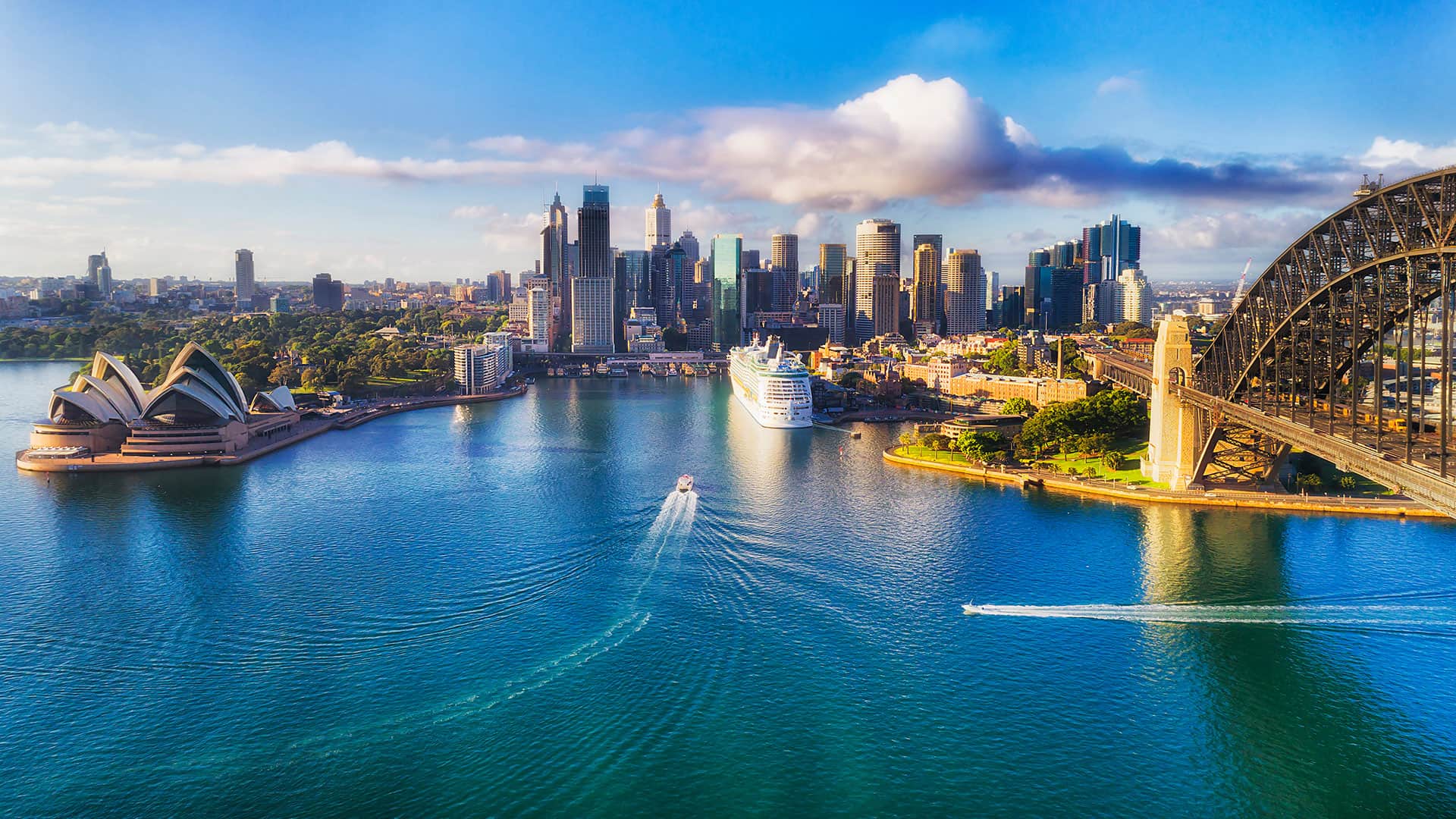
2021-22 Skilled Migration Program Current Nomination Status Tasmania’s nomination quota for the 2021–22 program year is: Subclass 491 – 2200 places Around 500 of these places are expected to be used for applications carried over from the 2020-21 program year. Only minimal changes have been made to nomination requirements for the 2021-22 program year. Additional guidance and clarifications for candidates have been published on the Migration Tasmania website. A summary of this information is below: Tasmanian Graduates (Category 1) Employment not necessary for this category Employment is not a minimum requirement for the Tasmanian Graduate nomination category however evidence of employment or business operation will be taken into consideration in our assessment where: This page has been updated with additional guidance for candidates to complete their career plan. Working in Tasmania (category 2) 3 months minimum TSOL employment Candidates who have a skills assessment for an occupation on the Tasmanian Skilled Occupation List will be eligible for subclass 491 nomination after working in a related position for a minimum of three months. Acknowledgment of sponsor employer for current subclass 482 holders To help demonstrate a genuine intentions to settle in Tasmania, applicants who currently hold a Temporary Skill Shortage visa (subclass 482) and who have worked less than 12 months with their Tasmanian-based sponsoring employer must provide a letter of support from their current sponsoring employer. Additional guidance regarding “a well-established business operating in Tasmania” A well-established business actively operating in Tasmania would be normally be expected to have: permanent business signage Semi-skilled employment – demonstrating development prospects through industry-based training A period of industry-based training while working with their employer may demonstrate career development prospects for lower-skilled employment or substitute for existing qualifications not available in larger population centres. `Business & Skilled Migration Queensland’ (BSMQ) is undertaking consultation within the Queensland Government to determine the requirements for the migration program for 2021-22. It is anticipated the program will open in September 2021. If you have been nominated by BSMQ for a 188 visa prior to 1 July 2021, you will be subject to current 188 criteria. However, you are able to submit your visa application to Home Affairs after this date, as long as it meets the normal 60-day requirement. When the Migration Queensland program 2021-22 opens at a later date, you will be subject to the new subclass 188 criteria. The Australian Migration Bulletin will continue to update you regarding the Queensland State Nomination migration program over the next monthly bulletins.TASMANIA
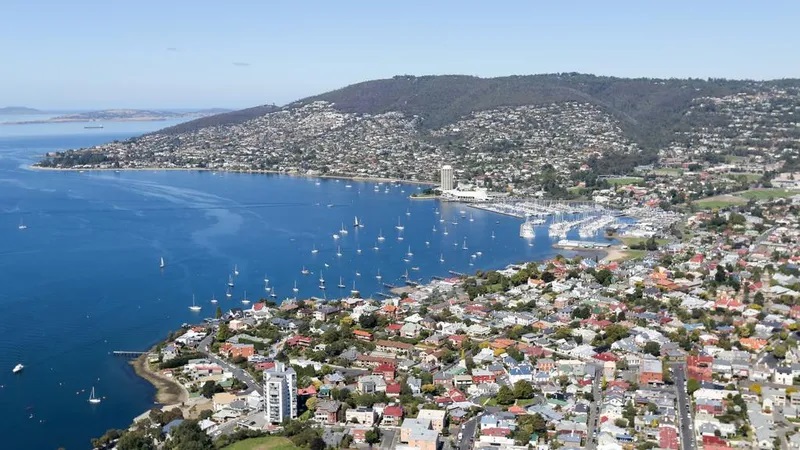
2021-22 Skilled Migration Program Update – The Skilled Migration Program is now open to new applications as of 4 August 2021.
Subclass 190 – 1100 placesChanges to Nomination Requirements
International Student Graduates guidance pageQueensland
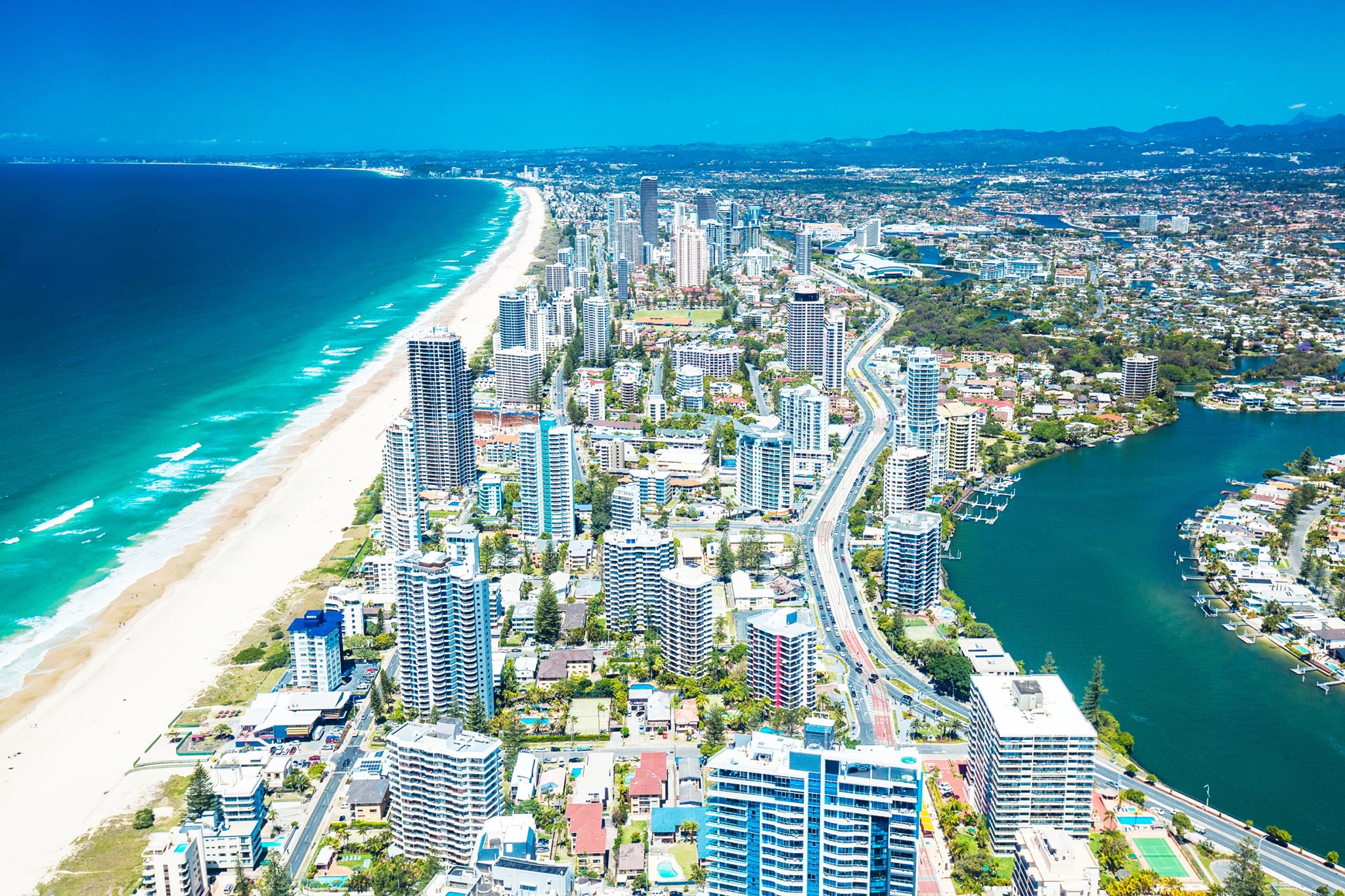
Program Status Update
The BSMQ is looking forward to receiving applications in the near future.
‘Business and Skilled Migration Queensland’ will soon be changing their name to ‘Migration Queensland’.
Click for More Articles

A new Priority Migration Skilled Occupation List (PMSOL) and strengthened labour market testing will allow numbers of sponsored skilled workers to return to Australia to fill urgent skills needs in critical sectors, helping to create Australian jobs and rebuild Australia’s economy.
In addition to the 41 occupations previously on PMSOL, from 27 July 2021 pharmacists with the following ANZSCO codes have been added to the PMSOL.
• Hospital Pharmacist (251511)
• Retail Pharmacist (251513)
• Industrial Pharmacist (251512)
This brings the number of occupations on the PMSOL to 44.
The other occupations on PMSOL are (including ANZSCO codes):
• Accountant (General) (221111)
• Accountant (Taxation) (221113)
• Accountant (Management) (221112)
• External Auditor (221213)
• Internal Auditor (221214)
• Electrical Engineer (233311)
• Civil Engineer (233211)
• Structural Engineer (233214)
• Geotechnical Engineer (233212)
• Transport Engineer (233215)
• Mining Engineer (233611)
• Petroleum Engineer (233612)
• Surveyor (232212)
• Cartographer (232213)
• Other Spatial Scientist (232214)
• Medical Laboratory Scientist (234611)
• Orthotist / Prosthetist (251912)
• Multimedia Specialist (261211)
• Analyst Programmer (261311)
• Software and Applications Programmers (261399)
• ICT Security Specialist (262112)
• Chef (351311)
• Chief Executive or Managing Director (111111)
• Construction Project Manager (133111)
• Mechanical Engineer (233512)
• Veterinarian (234711)
• General Practitioner (253111)
• Resident Medical Officer (253112)
• Psychiatrist (253411)
• Medical Practitioner nec (253999)
• Midwife (254111)
• Registered Nurse (Aged Care) (254412)
• Registered Nurse (Critical Care and Emergency) (254415)
• Registered Nurse (Medical) (254418)
• Registered Nurse (Mental Health) (254422)
• Registered Nurse (Perioperative) (254423)
• Registered Nurses nec (254499)
• Developer Programmer (261312)
• Software Engineer (261313)
• Maintenance Planner (312911)
• Social Worker (272511)
Similar to the month of July, employer-sponsored applicants in the PMSOL occupations will be given priority processing for both nomination and visa applications in the following visa types:
• Subclass 482 – Temporary Skill Shortage (TSS) visa
• Subclass 494 – Skilled Employer Sponsored Regional (Provisional) visa
• Subclass 186 – Employer Nomination Scheme (ENS) visa
• Subclass 187 – Regional Sponsored Migration Scheme (RSMS)
Applicants and existing employer-sponsored visa holders on the PMSOL can also request a travel exemption to enter Australia during the current border closures. However, the mandatory 14-day quarantine period still applies and will still be at the traveller or sponsor’s expense.
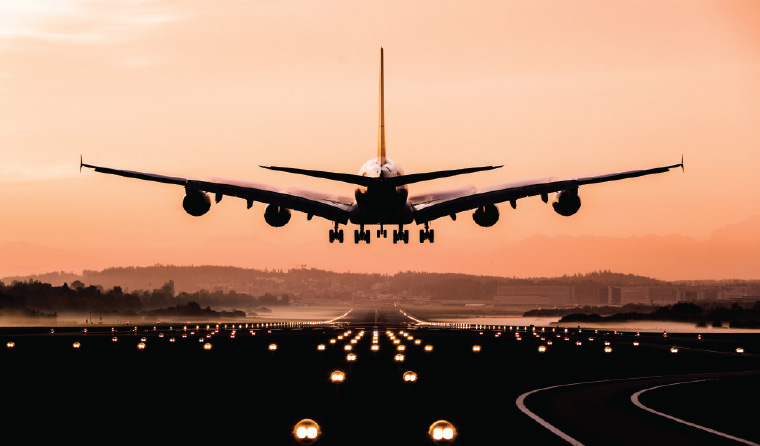
In response to the outbreak of COVID-19 (coronavirus), strict travel restrictions have been imposed when travelling to Australia.
Student visa holders (Subclass 500), Prospective Marriage visa (SC300), Business and Innovation SC188 visa holders, regional SC 491 visa and 494 visa holders and Visitor visa SC 600 and 601 who are currently outside of Australia may apply for an exemption application and if an exemption is granted you can travel to Australia.
The Commissioner of the Australian Border Force (ABF) may consider an additional exemption in relation to the travel restrictions currently in place for:
• Foreign nationals travelling at the invitation of the Australian Commonwealth Government for the purpose of assisting in the COVID-19 response or whose entry would be in the national interest
• Critical medical services, including air ambulance and delivery of supplies, that regularly arrive into Australia from international ports
• Persons with critical skills (for example, medical specialists, engineers, marine pilots and crews) by exception
• Diplomats accredited to Australia and currently resident in Australia, and their immediate family
Updated on 2 August 2020:
• providing critical or specialist medical services, including air ambulance, medical evacuations and delivering critical medical supplies
• with critical skills required to maintain the supply of essential goods and services such as:
• in medical technology,
• critical infrastructure,
• telecommunications,
• engineering and mining,
• supply chain logistics,
• agricultural technology,
• food production, and
• the maritime industry
• delivering services in sectors critical to Australia’s economic recovery such as:
• financial technology,
• large scale manufacturing,
• film and television production and
• emerging technology),
• where no Australian worker is available
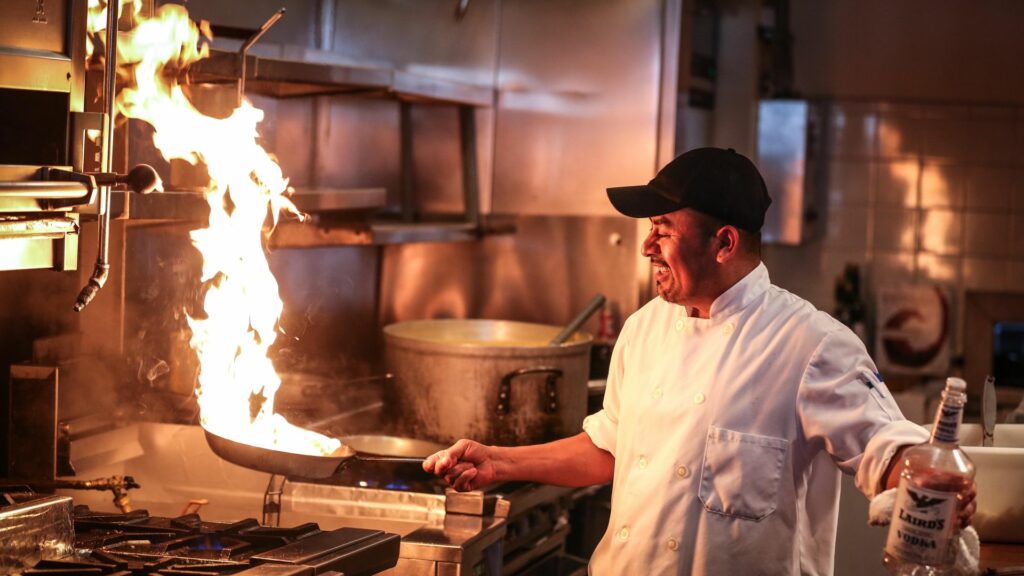
Economists say Australia’s population growth is at its lowest in a century.
“At one point in time, pre-COVID, we would have about 2,000,000 arrivals in Australia per month. Now we can’t even get to 25,000,” said Gabriela D’Souza from the Committee for Economic Development of Australia (CEDA).
“For this year, we’re looking at about minus 72,000 in terms of our net overseas migration numbers, so that’s quite low.”
And, she says, while the impacts are being felt across key sectors, it could just be the tip of the iceberg.
“We know that migration is procyclical. So when the economy is doing well, we’ll see a lot of migration, and we know that lower population growth now will mean lower population growth into the future.”
The lack of migration into Australia is putting pressure on the hospitality industry.
Australian restaurants have been in dire need of critical staff since international borders closed in March last year.
“We support them, we just need the borders open to allow people to come and keep feeding on that cycle of staff,” a Melbourne co-owner and executive chef said.
After suspending overseas flying in March 2020, Qantas has been forced to push back several hopeful restarts. Qantas called a halt to almost all international flights in March 2020 as the scope of the Covid pandemic became clear, with coronavirus moving from a Chinese and then Asian epidemic to a global emergency which brought air travel – and life as we know it – to a standstill. In concert, the Australian government suspended all overseas travel except for people authorised to leave the country for a handful of reasons. The rollout of Covid vaccines both within Australia and around the world should help restore some normalcy to travel, with several countries already beginning to reopen – even if it’s only to visitors from a list of ‘approved’ countries. At the time of writing, Qantas isn’t expected to restart the bulk of international flying to Asia, the USA and the UK until sometime in 2022. The return of Qantas’ international flights hinges upon the federal government once again allowing people to travel overseas without needing special approval. This restriction remains in place through ongoing extensions of the ‘biosecurity emergency period’ declared under the Biosecurity Act 2015, which enables the Federal Government to place strict controls on overseas flights and cruise ships, and was activated on March 17, 2020. The May 2021 national budget indicated that international travel will largely remain out of reach of most Australians until the second half of 2022, with the country” borders remaining shut except for ‘travel bubbles’ opening up on a country-by-country basis. The budget papers stated “inbound and outbound international travel is expected to remain low through to mid-2022, after which a gradual recovery in international tourism is assumed to occur.” But with the government’s vaccination plan falling into disarray while new and more virulent strains of Covid continued to spread around the world, Qantas was forced to press pause on the return of overseas flights until late December 2021 – a date that’s now also expected to be nixed in the near future. Qantas has always stressed that its international schedule would track against the government’s own border controls, with CEO Alan Joyce remarking “we know that date [when international travel will resume] may change… we’re completely flexible on this.” Apart from a series of government-subsidised flights to help bring home some of the estimated 30,000 Australians who remain stranded overseas, the exception to Qantas’ sweeping shut-down of its international network will appear in the form of quarantine-free ‘travel bubbles’ with counties which generally have Covid under control. “It all depends on what the level of Covid is in an individual country, and what level of restrictions and testing will be put in place,” Joyce remarked in April 2021. The first travel bubble opened to New Zealand in April 2021, but proved to be only a brief bright spot after a resurgent Covid outbreak across several Australian states saw NZ slam its borders shut from July 23 until at least the end of September. Singapore, Hong Kong, Japan and Taiwan have also been discussed over the past 12 months as potential travel bubbles, although each country continues to face its own challenges through local outbreaks. It’s been suggested that some countries, such as Singapore, may initially restrict quarantine-free travel to fully-vaccinated passengers, who may also need to undergo a Covid test on departure and/or upon arrival. Joyce has declared that vaccination will be compulsory for all Australians stepping onto most international Qantas flights when those flights resume. “Once a safe and effective vaccine becomes readily available, it will be a requirement for travel on our international services,” he stated in December 2020. “For international visitors coming out, and people leaving the country, we think that’s a necessity.” To help Australia’s national vaccination drive, Qantas will offer 10 ‘mega prizes’ of a year of free flights for Australians who are fully vaccinated against Covid, while other incentives could include discounts on regular flight bookings plus a free serve of Qantas Points and status credits. Leading US news magazine, TIME, named Sydney, NSW and Gold Coast, Queensland as extraordinary travel destinations in its third annual list of the World’s Greatest Places, revealed this week. To compile this list of 100 destinations, TIME solicited nominations of places including countries, regions, cities and towns, from its international network of correspondents and contributors, with an eye toward those offering new and exciting experiences.
When will Qantas international flights resume?
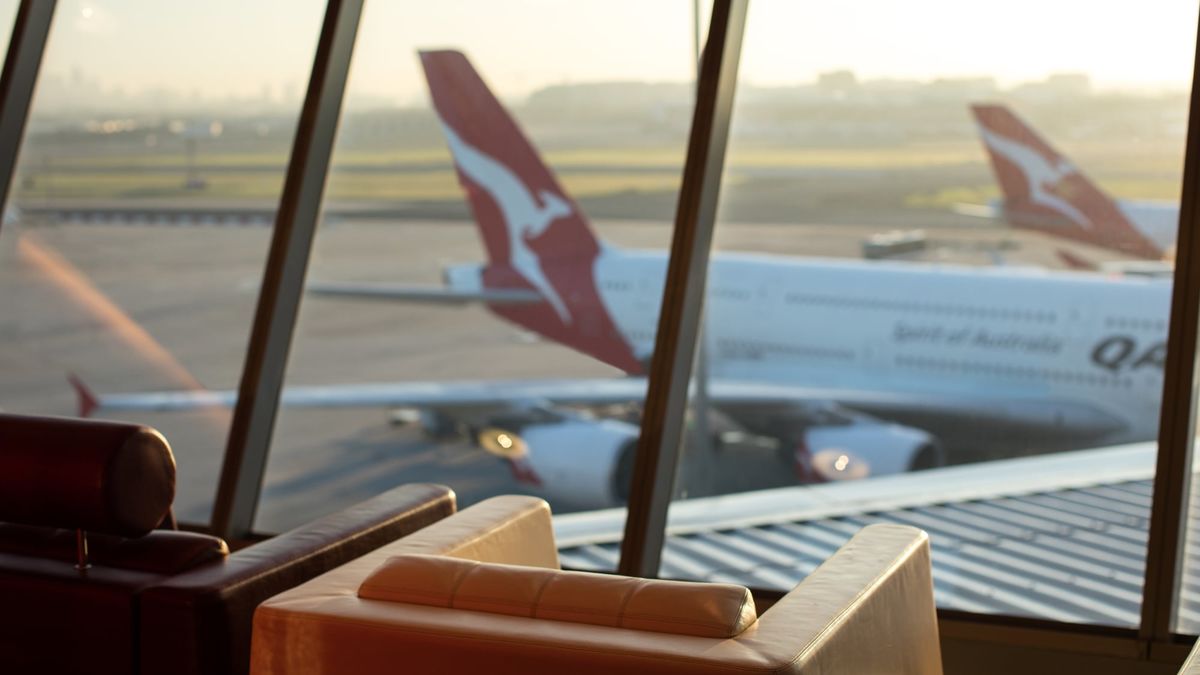
When will Qantas international flights resume?
At the beginning of this year Qantas optimistically scheduled a resumption of international flights from July 1; this was later pushed back to October 31, to align “with the expected timeframe for Australia’s COVID-19 vaccine rollout to be effectively complete.”Travel bubbles
Mandatory vaccination for Qantas international flights
Sydney and Gold Coast named in Time’s World’s Greatest Places

Read more here
Click for More Articles
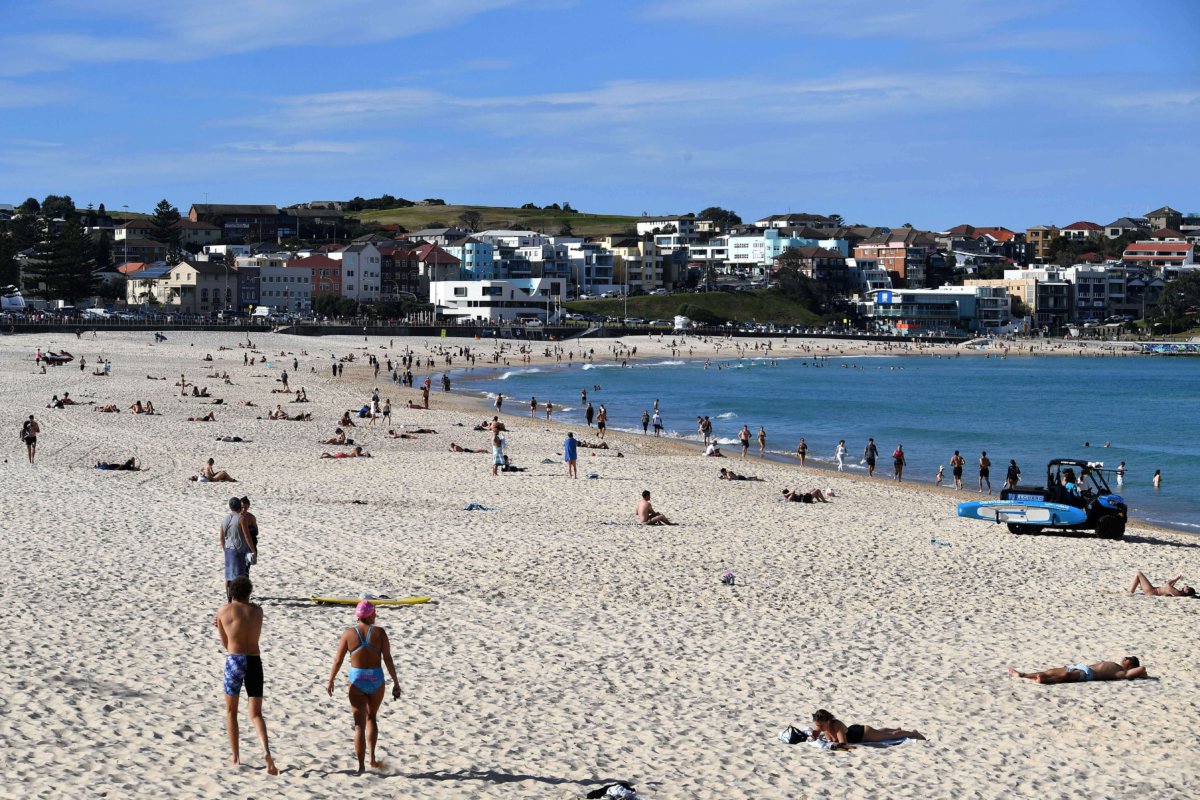
A Joint Standing Committee on Migration has submitted its final report to the government with 18 key recommendations.
It urges the government to harness the potential of skilled migrants and international students to help Australia’s post-coronavirus economic recovery.
Highlights:
• Joint Standing Committee on Migration suggests major changes to government to attract international students, temporary migrants
• Students good at studies should have better chance to permanent residency, recommends report
• Experts say it will benefit students and skilled migrants the most
Liberal MP Julian Leeser, who headed the committee, said their report talks about changes to the skilled migration program once Australia recovers from the pandemic.
“The first thing we have recommended is a national workforce plan. The second recommendation is about reducing red tape right across the skilled migration program. The level of red tape makes it difficult to hire skilled labour,” Mr Leeser said.
“The third set of recommendations is around international students. They are a boom to Australia and its economy. What we want to do is for those international students who have come here, have done very well in their course, provide a path of permanent residency through the employer nomination scheme,” Mr Leeser added.
Mr Leeser added that more than 500,000 temporary migrants had left Australia since the pandemic began.
“The lack of skilled migrants coupled with record low unemployment has led to major skill shortages in many sectors of the Australian economy,” he said.
The committee suggested international graduates should receive a discount on the work experience component for permanent residency under the employer-nominated scheme from three to two years if they have: The committee advocated allocating additional points for such international graduates when applying for a point-based residency. They said the government could consider longer temporary graduate visas of three years to provide students the time and flexibility to find work. Monash Business School Associate Professor Vinod Mishra said these recommendations will help students and migrants, if adopted by the government. “Recommendations such as changes to post-study work arrangements for students who have performed well in their studies and longer temporary graduate visas to find work and pathways to permanent residency, would be welcomed by students and skilled migrants,” Mr Mishra said. The committee recommended that the government consolidate the Medium and Long Terms Strategic Skills List (MLTSSL) and Short Term Skilled Occupation List (STSOL) into the Skilled Occupation List (SOL). It added that the Priority Migration Skilled Occupation List (PMSOL) be replaced with an Acute and Persistent Skills Shortage List (APSSL) once the pandemic is over. The parliamentary committee also recommended the Department of Home Affairs change the conditions for the Temporary Skills Shortage visa (Subclass 482) to provide temporary migrants a pathway to permanent residency. “All employer-nominated visas should provide the option of a pathway to permanency,” the committee said. Jim Varghese, President of Australia India Business Council, said the report was long overdue and addresses Australia’s widening skills gap. “The timing of [these] changes and [the] speed of execution is critical, noting limitations on the entry of international students and over 500,000 temporary migrants leaving Australia since the pandemic,” Mr Varghese added. Weighing on the report, UTS Business School Professor Jock Collins said it is critical to Australia’s recovery from the pandemic. New research shows Australia remains an attractive destination for international students, despite the impacts of COVID-19. About 87,000 international students took part in the 2020 International Student Experience Survey in August and September last year, with 91 per cent rating their overall living experience in Australia highly. Of those surveyed: There were, however, declines in satisfaction with students’ overall learning experience, which can be largely attributed to more international students studying online and the impacts of the pandemic. The survey was conducted at the height of Victoria’s lockdown and at a time when many students were studying offshore. The rating of the Quality of the Entire Educational Experience fell from 75 per cent to 63 per cent, with significant drops in the Learning Resources (11 point drop) and Learner Engagement (10 point drop) categories. While international student ratings of the overall education experience fell, some universities, like Edith Cowan University and Southern Cross University managed to improve their results. “While our international student market has been significantly impacted by COVID-19, our fundamentals as a destination of choice remain strong,” Minister Tudge said. “It is clear some institutions have managed the COVID-19 transition better than others, and universities will need to consider how they improve the international student experience in the short and medium term to keep students engaged. “International students are an important part of the Australian community, and more than half a million have stayed here during the pandemic. We look forward to welcoming other back to our classrooms, campuses and communities, as soon as possible. “We continue to work closely with universities, states and territories on their plans to return international students when conditions allow. “I do acknowledge that it has been a particularly challenging time for many students and their families, both in Australia and overseas, and I thank them for sticking with us during this difficult period.”
Attract international students
1. Undertaken a university course (or a course run by a reputable non-university higher education provider) leading to a job in an occupation with a persistent skills shortage
2. Demonstrated excellence by graduating in the top 10 per cent of all graduates in their course or achieving first-class honours
3. Met relevant English language standards
4. On graduation, worked in a job that is relevant to their field of study with a persistent skills shortageMake it easy for temporary migrants
It added the government provide further concessions for temporary regional visas. These concessions may include raising the age limit to 50, keeping language requirements at vocational English, reducing prior experience required in an occupation to two years and processing visas on priority.International students still rate Australia highly

• 97 per cent were satisfied with their personal safety on campus;
• 91 per cent were satisfied with their accommodation;
• 91 per cent were satisfied with opportunities to improve their English skills.
Minister for Education and Youth Alan Tudge said it was pleasing that international students still rate Australia as place to live and study.
The full 2020 International Student Experience report can be found online.
Click for More Articles




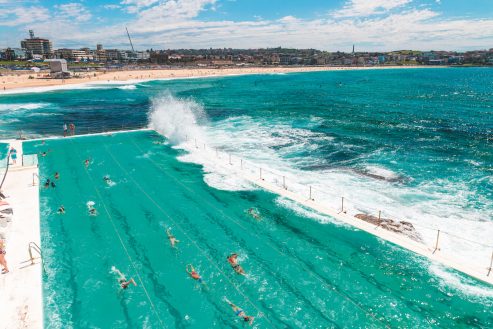




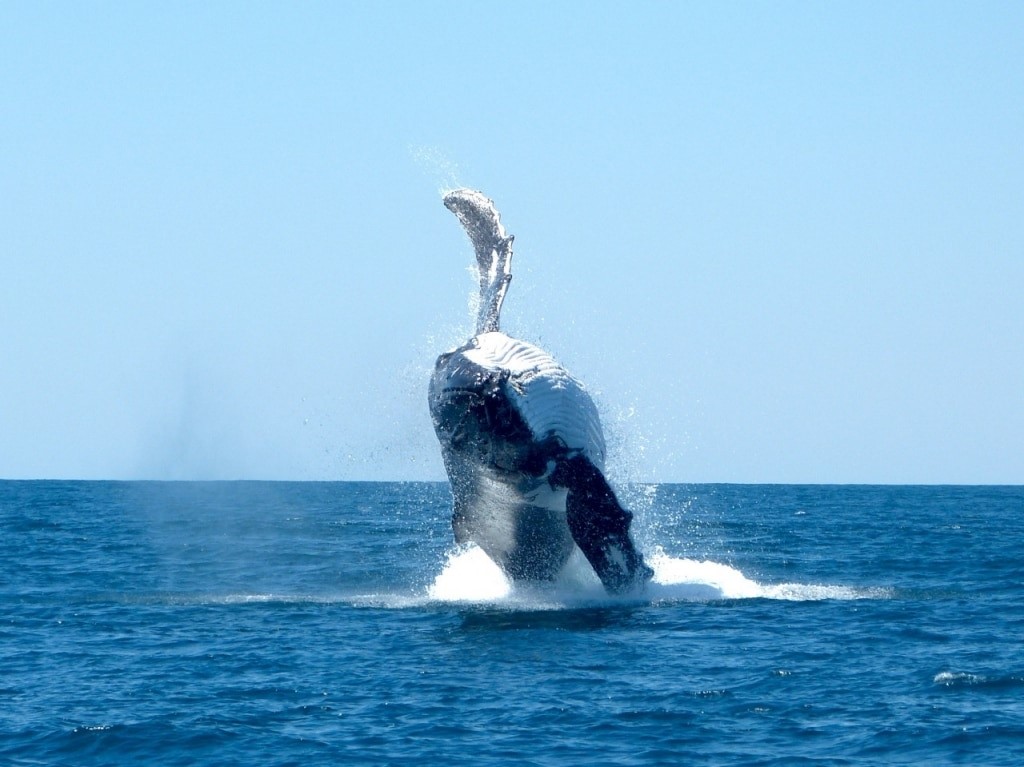
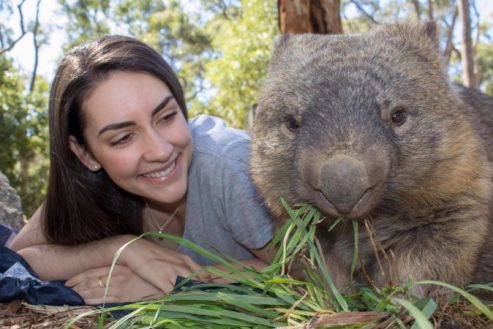

As legislation and travel requirements are constantly changing, we strongly recommend obtaining advice on your individual situation from a Registered Migration Agent. Please click here to book a consultation with one of our Registered Australian Migration Agents, located in Australia.






You can manage your membership and billing method by clicking here
Terms of Service
Privacy Policy
Copyright © 2024 Office of Immigration Australia, a private company registered in Australia. All Rights Reserved.